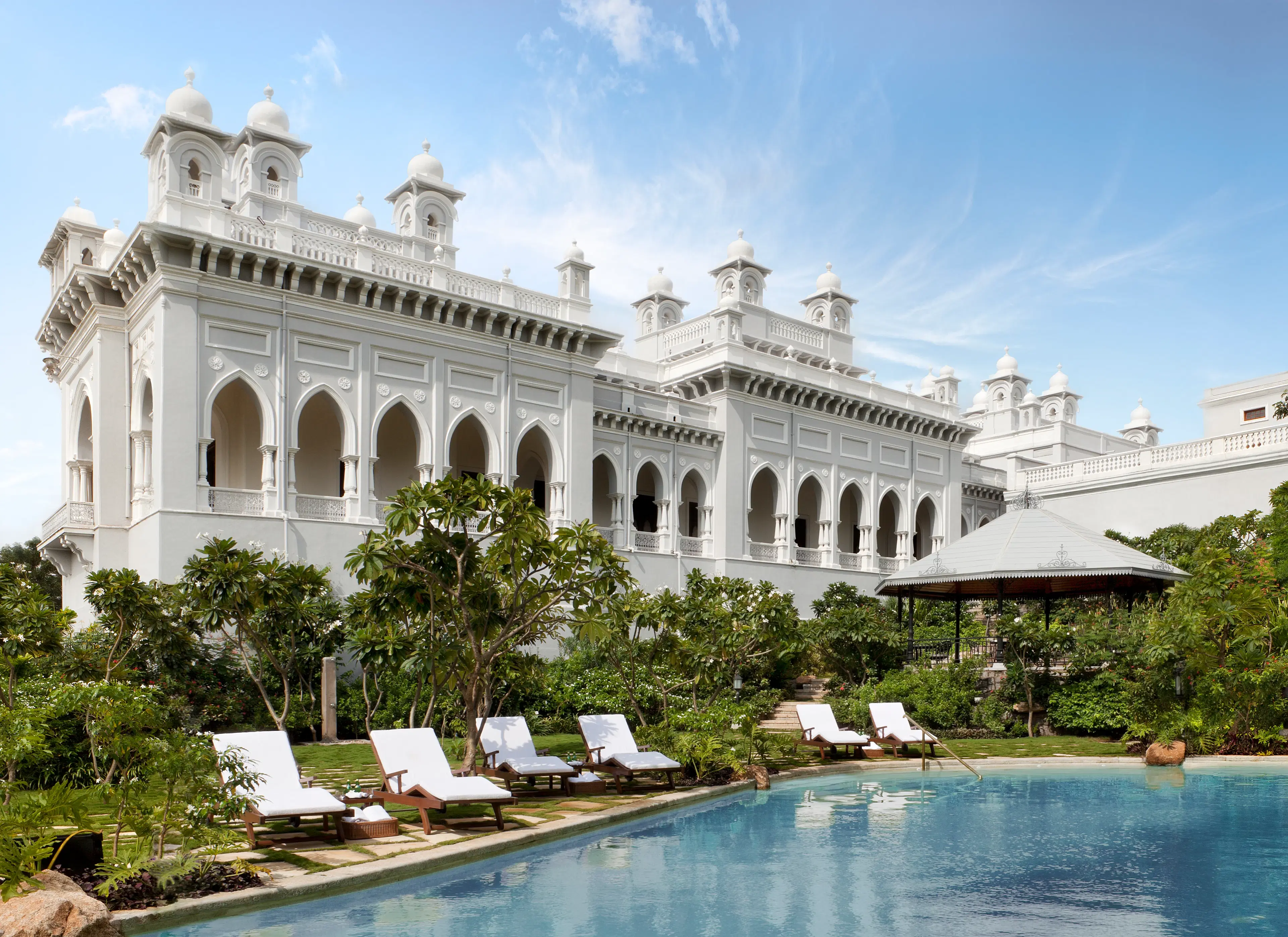
Hotels
•03 min read

Pune is a city of wonder and history. The streets tell stories of valor and culture. Among its treasures stands the Aga Khan Palace, a beacon of India's journey to freedom. This blog answers the frequently asked questions about Aga Khan Palace and offers a guide for those eager to explore historical places in Pune. Read on to discover the palace’s rich history, its architectural charm, and practical advice for your visit.
Aga Khan Palace plays a vital role in India's freedom struggle. This famous palace sheltered Mahatma Gandhi, Kasturba Gandhi, and many other leaders during turbulent times. It is revered as a Mahatma Gandhi memorial. This site reminds us of the courage and sacrifice of those who fought for independence.
During the Quit India Movement, the palace served as a prison for freedom fighters. Leaders were detained, and significant events occurred on its grounds. Notably, Kasturba Gandhi and Mahadev Desai passed away here, giving the palace an added layer of historical importance. Their memorials stand as a tribute to their enduring legacy.
Aga Khan Palace is an impressive example of the Indo-Saracenic style. Its design blends British influences with local craftsmanship. The palace features lush gardens and expansive courtyards that create a serene atmosphere. The intricate details in its arches and domes highlight the meticulous work of Indian artisans. This structure is indeed one of the famous palaces in India.
Today, the palace serves as a museum. It displays historical photographs, personal belongings of Gandhi, and treasured artifacts from the freedom movement. As a heritage site in India, it stands as a proud reminder of the nation's struggle for independence. The preservation of such cultural monuments in Maharashtra is critical in keeping the historical narrative alive for future generations.

The palace welcomes visitors every day. It is best to check the timings before your visit. Entry fees are modest, with different rates for Indian and international guests. Aga Khan Palace is located in a convenient part of Pune and is not far from popular spots like the Osho Garden. Early mornings or late afternoons are ideal in terms of weather and crowd size.
A tour of the Aga Khan Palace promises an inspiring experience. You will walk through halls of history and admire well-maintained exhibits. Each step takes you deeper into the story of the Indian freedom struggle. A peaceful ambiance surrounds the palace grounds, making it a perfect spot for quiet reflection. Once you are done exploring here, you might want to visit other tourist attractions in Pune, such as Shaniwar Wada or Sinhagad Fort, to continue your cultural exploration.
Insight Corner: A Palace with a Purpose
Did you know? Aga Khan Palace was built in 1892 by Sultan Muhammed Shah Aga Khan III as a means of providing employment during a famine in Maharashtra. Today, it stands as a testament to both compassion and history.
When compared with other Indian historical landmarks in Pune, Aga Khan Palace stands out. Sites like Shaniwar Wada and Sinhagad Fort also boast rich histories but in different ways. While Shaniwar Wada tells tales of royal courts and battles, Aga Khan Palace carries the story of social reform and the fight for freedom. It is a unique blend of heritage and history that enriches the legacy of Pune.
The palace is much more than a relic of the past. It plays an essential role in nurturing Maharashtra’s cultural identity. Its walls echo the struggles and triumphs of its time. For anyone interested in Indian freedom struggle landmarks, a visit here is both educational and moving. Through programs and exhibitions, the palace continues to highlight its role as an emblem of cultural preservation.

Aga Khan Palace is famous due to its deep ties to the Indian freedom struggle, its association with Mahatma Gandhi, and its unique architectural heritage.
The entry fee is modest. There are separate rates for Indian and foreign visitors. It is best to check the latest pricing before your visit.
The palace was used as a prison during the Quit India Movement. It is known for the passing of Kasturba Gandhi and Mahadev Desai on its grounds.
Yes, Mahatma Gandhi, along with his wife Kasturba Gandhi and secretary Mahadev Desai, was confined in Aga Khan Palace during the Freedom Movement.
Generally, the palace is open to visitors daily. However, it is wise to check for any changes due to public holidays or events.
Conclusion
In summary, Aga Khan Palace is not only a relic of the past but a living symbol of India's fight for freedom and architectural excellence. It invites you to step back in time and explore significant moments of the Indian freedom struggle. As one of the key historical places in Pune, it enriches your understanding of Maharashtra's cultural narrative. From its serene ambiance, impressive structures, and careful preservation of history, the palace is a must-see destination. It inspires both locals and travelers alike to dive deeper into the rich heritage of India and explore more of the cultural monuments that define Pune's landscape.